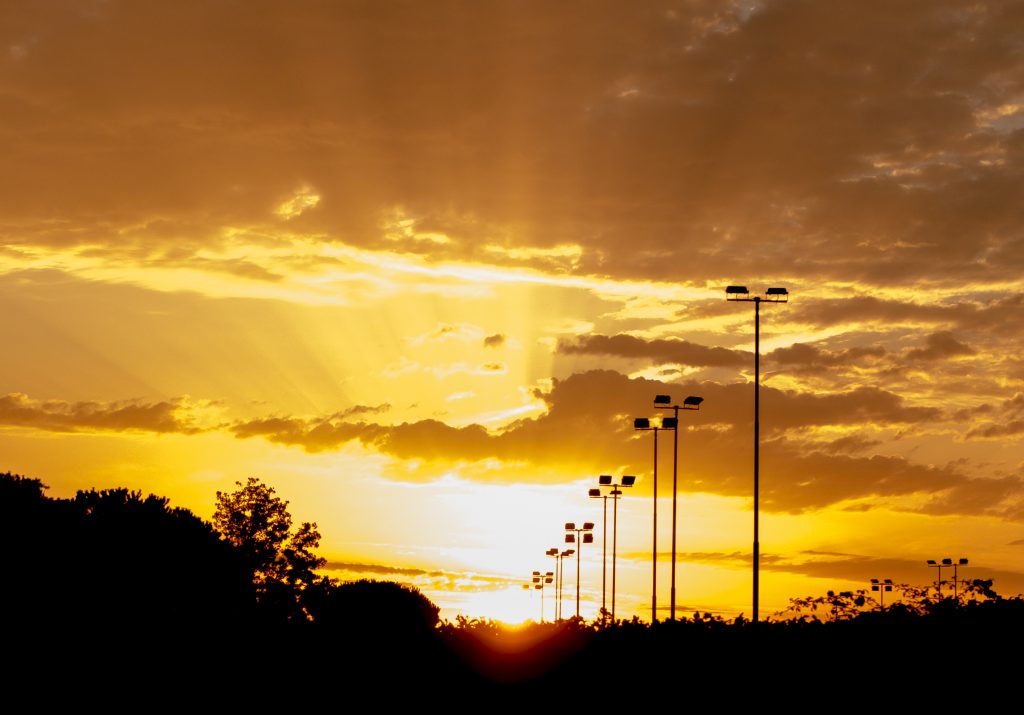Solar Energy by State in the U.S.

What is Solar Energy
It feels like the world has started to consider the sun’s energy as a major energy source only recently, but that’s not the case. People have used the sun’s rays for thousands of years for warmth and to dry meat, fruit, and grains. However, only recently have we developed technology that allows us to harvest the sun’s power at scale with affordable costs.
And technology is improving fast. This year, scientists at the National Renewable Energy Laboratory (NREL) have fabricated a solar cell with an efficiency of nearly 50%, more than a double of previously manufactured commercial models.
The U.S. Energy Information Administration (EIA) predicts that solar will provide nearly half of world electricity by 2050. What are its major advantages and disadvantages?
Benefits of Solar
 | It's clean - Solar power is the cleanest source of energy available. Electricity-generating rooftop PVs don't produce greenhouse emissions, unlike the traditional, dirtier coal or natural gas. |
 | It's cheap - The cost of solar panel installation is less than $3 a watt; a whopping 65% decrease from $8.50 per watt 10 years ago. |
 | It's abundant - The sun is a limitless, incredibly powerful force and can be accessed anywhere on earth. A mind-blowing fact is that only 0.4% of U.S. territory covered by solar photovoltaics (PV) would be needed to supply all of the U.S. electricity needs. |
Disadvantages of Solar
 | It's intermittent - Until a large-scale cost-effective storage solution is developed, solar energy has to be used right away. When the sun shines, the excessive solar generation can cause problems in the electric network and when the sun sets, we are suddenly at risk of not having power. |
 | It's weather-dependent - Although solar energy can still be collected during cloudy and rainy days, the efficiency of the system drops. Sunny states, such as California, Hawaii, or Arizona can benefit from solar generation all year round, but Alaska would have no such luck. |
Solar Energy Generation by State
Solar in America is big. Since 2008, U.S. installations have grown to an estimated 62.5 gigawatts (GW), or enough to power 12 million average American homes. Of course, solar energy in the US is generated predominantly in the Southwest states, where the sun shines the most, such as California, Arizona, or Hawaii.
If you are curious about how does your state generate electricity, you can play around with our interactive map of the U.S. energy generation by source.
What Percentage of Each State’s Electricity Generation Comes From Solar?
Did you know, how much of the electricity in your state is produced from the sun rays?
| State | Solar Generation |
|---|---|
| Alabama | 0.30% |
| Alaska | 0% |
| Arizona | 4.50% |
| Arkansas | 0.30% |
| California | 14% |
| Colorado | 2.10% |
| Connecticut | 0.40% |
| Delaware | 1% |
| District of Columbia | 15.10% |
| Florida | 1.60% |
| Georgia | 1.60% |
| Hawaii | 2.70% |
| Idaho | 3.30% |
| Illinois | 0% |
| Indiana | 0.30% |
| Iowa | 0% |
| Kansas | 0% |
| Kentucky | 0.10% |
| Louisiana | 0% |
| Maine | 0.10% |
| Maryland | 1.30% |
| Massachusetts | 5.30% |
| Michigan | 0.10% |
| Minnesota | 2.60% |
| Mississippi | 0.50% |
| Missouri | 0.10% |
| Montana | 0.10% |
| Nebraska | 0.10% |
| Nevada | 12.20% |
| New Hampshire | 0% |
| New Jersey | 1.70% |
| New Mexico | 3.90% |
| New York | 0.50% |
| North Carolina | 5.50% |
| North Dakota | 0% |
| Ohio | 0.10% |
| Oklahoma | 0.10% |
| Oregon | 1.10% |
| Pennsylvania | 0% |
| Rhode Island | 0.90% |
| South Carolina | 0.80% |
| South Dakota | 0% |
| Tennessee | 0.40% |
| Texas | 0.90% |
| Utah | 5.50% |
| Vermont | 8% |
| Virginia | 0.90% |
| Washington | 0% |
| West Virginia | 0% |
| Wisconsin | 0.10% |
| Wyoming | 0.40% |
SOURCE: U.S. ENERGY INFORMATION ADMINISTRATION 2019
FAQs
Which state produces the most solar energy?
California leads the way in US solar generation, with 23 GW of installed solar capacity. Over 14% of the state electricity comes from the sun, employing more than 86,000 people.
What states do not allow solar panels?
There are several U.S. states that aren’t supportive of new solar developments. 10 U.S. states — Alabama, Florida, Georgia, Indiana, Michigan, Oklahoma, Tennessee, Texas, and Virginia — account for more than 35 percent of the total rooftop solar photovoltaic (PV) technical potential but generate only 6 percent solar for America. Though labeled the “Sunshine State”, Florida has one of the weakest solar policies in the United States. It doesn’t allow for third-party or community ownership of solar panels, making solar panels inaccessible for residents who can’t afford to build their own.
Updated on
